In Húsavík, German and Icelandic investors are building one of the most advanced and sustainable silicon plants in the world. The main raw material quartzite, which is needed to produce the metal, is shipped across the whole of Europe.
Húsavík is the type of place you will only find in Iceland. A small harbour and a wooden church with a green roof. With a little bit of luck, it is even possible to encounter blue whales in the sea. For many travellers, this is reason enough to visit the picturesque fishing village with its 2,200 inhabitants. Peter Wenzel has an additional motivation: silicon. Or to put it another way: the silicon melting facility of PCC BakkiSilicon hf, one of the most advanced and environmentally friendly in the world, which is currently being built here. The factory is soon to play a crucial role in the supply of raw materials to Germany. Peter Wenzel, Chairman of the Supervisory Board of the Icelandic company, says: "This whole project is really special for us in many ways – and with an investment volume of about EUR 265 million the largest individual investment we have ever made at PCC."
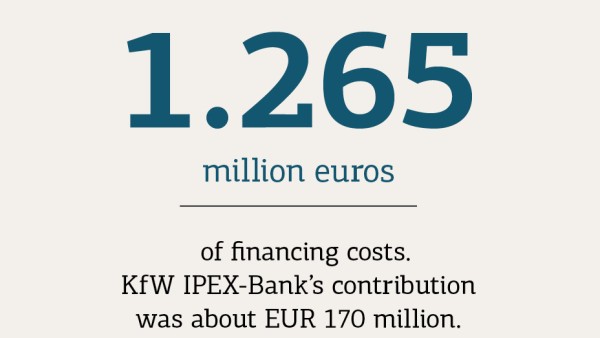
The commitment of the German PCC SE in Iceland is therefore highly significant, not only for the company but also for German customers. "Almost the entire production volume of the Icelandic plant will go to German companies under long-term contracts. This marks a significant contribution to securing supplies of silicon metal in Germany," says Wenzel. The plant is to go into operation at the beginning of 2018, when the first silicon will be shipped out to customers.
There is great demand for the metal, for example as the main input material for PV modules, for various applications in the chemical industry and as an alloying element in the aluminium industry. Most of the demand in Germany can only be covered with imports from other countries - in all, around 300,000 tonnes per year. Against this background, PCC SE is investing in a silicon factory with an annual production capacity of 32,000 tonnes. But why build the factory on an island in the Atlantic Ocean with more sheep than people? In order to answer this question, we have to start in Poland.
At the construction site, builders are already erecting the first exterior walls of the factory. In total, 450 people are working on the construction site.
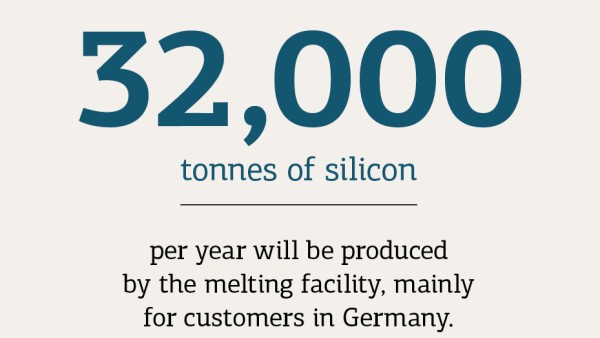
Around 200 kilometres south of Warsaw, the raw material quartzite is extracted from a quarry owned by PCC. This quartzite will later be used in the factory in Iceland to produce silicon. The transport route to Iceland has long been determined: the rocks are brought on freight trains to Stettin, from where they are transported by ship, directly to the port of Húsavík. Via the newly built industry access road in Iceland, the melting furnaces of the silicon plant are only a stone's throw away from the docks. With only two transition points, the stones will have travelled more than 3,000 kilometres before reaching the electric arc furnaces - would it not have been far more efficient to build a new melting facility in Poland? "We abandoned this idea, as our partners in Iceland were able to offer us long-term cost-efficient electricity supplies. Almost the entire electricity requirements are covered by renewable energies such as geothermal energy or wind power, which are available in abundance at the production site," Wenzel explains. "The higher cost of logistics is more than offset by the advantageous procurement of electricity." This is especially important since the production of silicon is particularly energy-intensive: two electric arc furnaces are heated to more than 2,000 degrees Celsius to reduce the quartzite to silicon metal. A state-of-the-art plant design means that the dust emissions that are produced in the process are almost entirely filtered out.
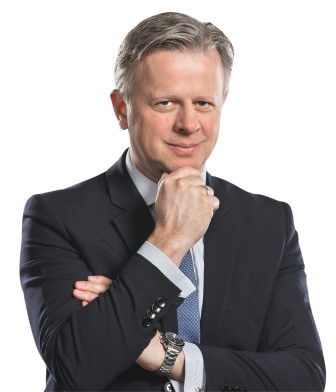
”The plant makes a significant contribution to reliable silicon metal supplies in Germany.“
But the site was not only selected because of the favourable electricity prices. "The overall package was just right," says Wenzel. The inhabitants, the municipal authorities and the government have all been strong supporters of the industrial plant from the very outset. Around 125 new jobs will be created at the new facility in the structurally weak northern part of Iceland. The municipality had been trying to attract companies for ten years. "At PCC we are investing in various parts of the world. The amount of appreciation and good will we have encountered from the population here and the local partners is unparalleled." This is complemented by perfect logistic conditions such as an ice-free harbour, newly built transportation infrastructure up to the factory gate and an environmentally compatible source of geothermal energy close by.
Source
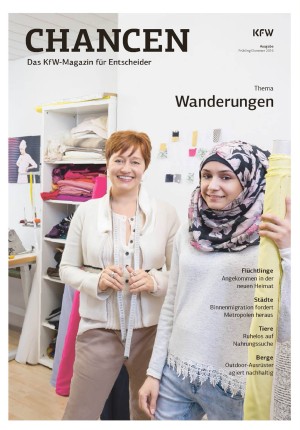
This article has been published in CHANCEN spring/summer 2016 "Migrations".
To German editionIn order to realise a project like this, all partners involved need to be extremely professional. "We felt right from the start that everyone is working together to achieve something," says Wenzel. The Düsseldorf-based SMS group GmbH, one of the world’s leading companies in metallurgy and rolling mill technology, was awarded the contract to build the plant. KfW IPEX-Bank contributed around EUR 170 million to the financing. As the project is of significant strategic importance to Germany, the German Federal Government supports it with an export finance guarantee as well as with an untied loan guarantee under its UFK scheme.
"This project was started at the right time and at the right place," says Wenzel. And there is no doubt in his mind that from spring 2018 at the latest visitors will not only come to Húsavík to visit its wooden church and whale museum but also one of the world's most advanced silicon factories, which perfectly blends into the landscape thanks to its terraced design and specially selected colours. "Everybody interested in getting a first-hand impression is more than welcome to pay us a visit," says Wenzel. So see you soon – or "sjáumst", as they say in Iceland.
Published on KfW Stories: Monday, 27 March 2017

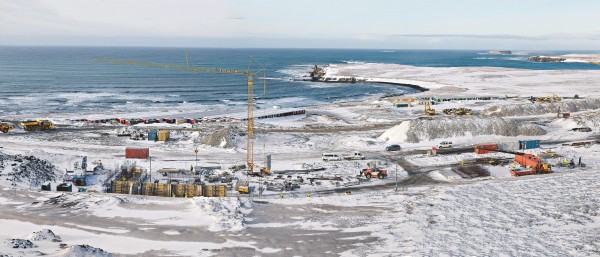
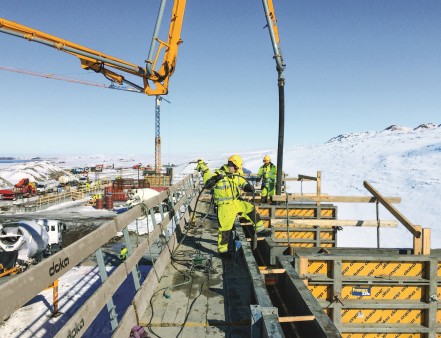
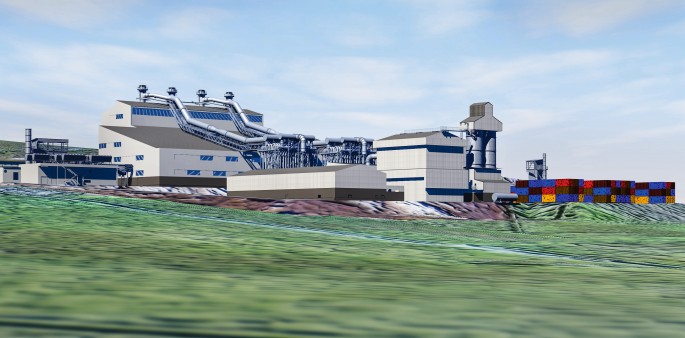
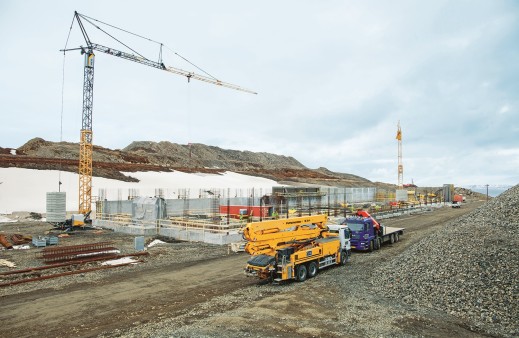
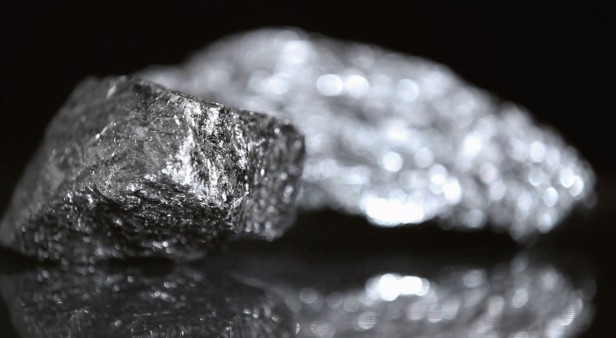




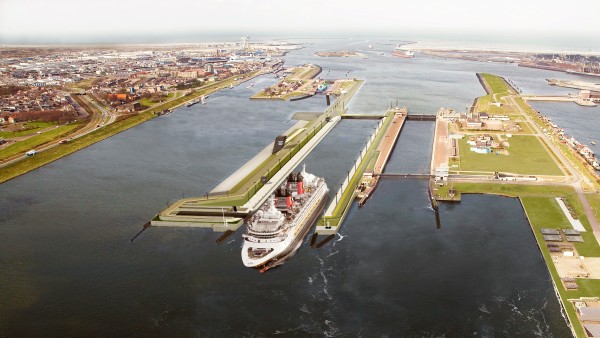
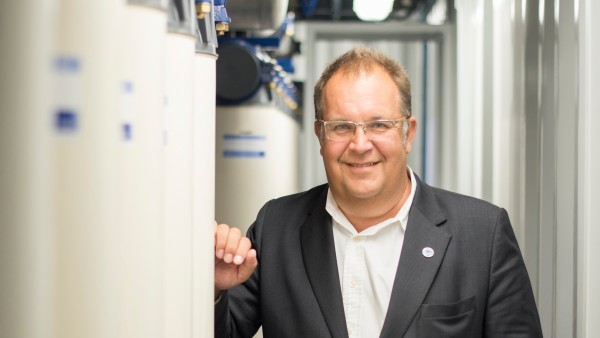
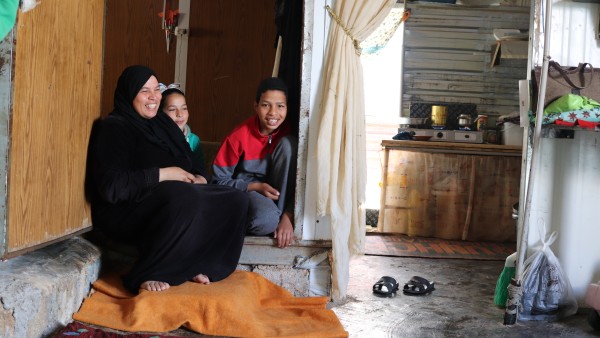
Data protection principles
If you click on one of the following icons, your data will be sent to the corresponding social network.
Privacy information